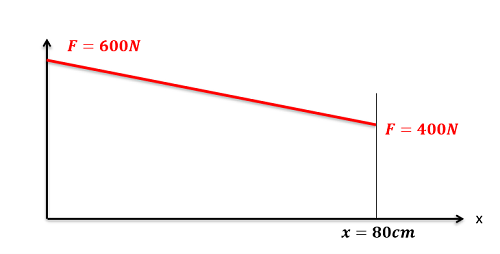Efficiency in Particle Systems
Related to the concepts of work, energy, and power is the concept of efficiency. Where efficiency is the percentage of useful work or power that is transferred from input to output of some system.
Any devices with work/power inputs and outputs will have some loss of work or power between that input and output due to things like friction. While energy is always conserved, some energies such as heat may not be considered useful. A measure of the useful work or power that makes it from the input of a device to the output is the efficiency. Specifically efficiency is defined as the work out of a device divided by the work into the device. With power being the work over time, efficiency can also be described as power out divided by the power in to a device (the time term would cancel out leaving us with our original definition).
| \[\eta=\frac{W_{out}}{W_{in}}=\frac{P_{out}}{P_{in}}\] |
It is impossible to have efficiencies greater than one (or 100%) because that would be a violation of the conservation of energy, however for most devices we wish to get the efficiencies as close to one as possible. This is not only because it does not waste work/power, but also because any work or power that is "lost" in the device will be turned into heat that may build up.

